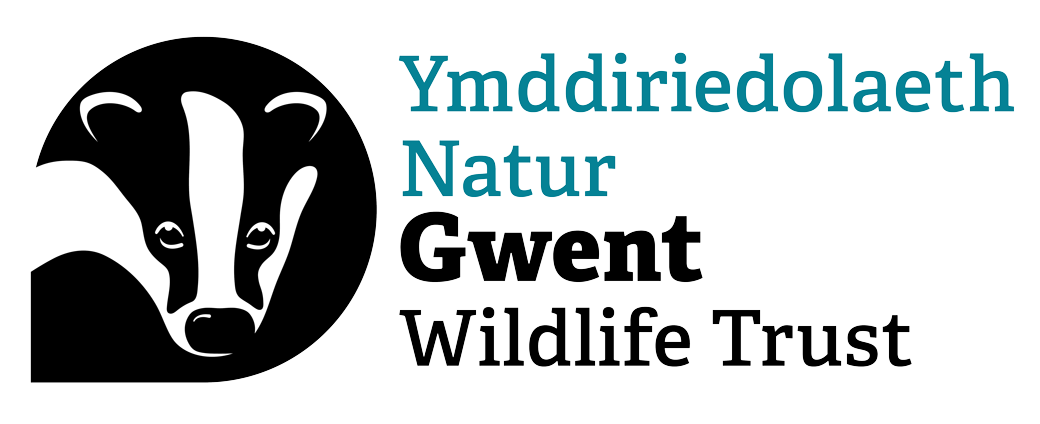Welsh Government's Green Recovery funding, success for Peatlands across Wales
Gwent Wildlife Trust, North Wales Wildlife Trust, Montgomeryshire Wildlife Trust and the Wildlife Trust of Wales have been successful in their application to the Welsh Government's #Green…
